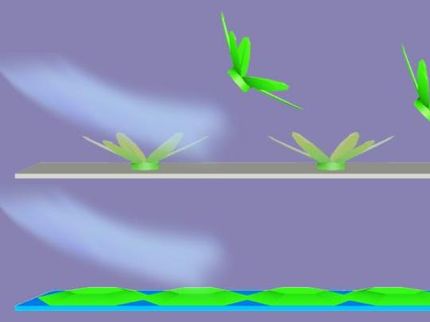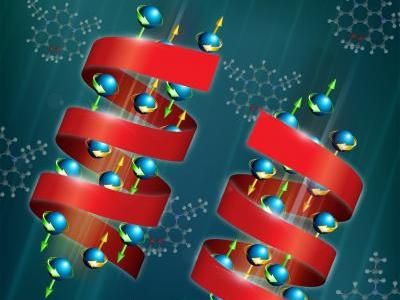A cool chemical separation technology
A diverse category of porous materials can separate and purify key industrial chemicals at low temperatures
Gas and liquid separation processes in the chemical industry could be made more efficient and environmentally friendly by using substances known as intrinsically porous materials (IPMs). KAUST researchers review the prospects for IPMs in the journal Accounts of Chemical Research.

Symbolic image
pixabay.com
Niveen Khashab and her team are currently heavily involved in IPM research. "We focus on making materials that will have an impact on the chemical and petrochemical industries in Saudi Arabia and the world," says Niveen Khashab, the corresponding author of the review.
IPM materials can separate gases and liquids without using traditional high-temperature methods like heat-driven distillation.
"Through the review, we identified some IPMs with impressive performance," says Gengwu Zhang, a postdoc in Niveen Khashab's team. He explains that these IPMs, like other porous materials being developed, could save 70 to 90 percent of the energy costs of existing technologies, with consequent environmental advantages.
A key advantage of IPMs over many other porous materials is their stability and ability to maintain their porous properties in the solid, liquid, gas or solution states. They can also be readily processed and modified when in solution, unlike many alternatives.
"They can be easily prepared on a large scale by using cheap starting materials," says Zhang, "Some of them are even commercially available products."
IPMs have diverse chemical structures, but they share the property of being permeated with pores that have sizes and chemical natures that make them suitable for separating and purifying different molecules. The structure of the pores determines which chemicals they can selectively adsorb, block or allow to pass through.
The KAUST authors reviewed the state of research into several IPMs, ranging from large individual molecules with internal pores to giant assemblies of molecules held together by weak multimolecular interactions.
The most promising IPMs identified in the review include the chemicals cyclodextrin, cucurbiturils, pillararenes, trianglamines and porous organic cages (POCs). These are all carbon-based or "organic" compounds. Cyclodextrins are ring-like carbohydrate structures produced from natural starch. The other compounds are specialized products of synthetic organic chemistry. The potential of these materials has been demonstrated by their performance in separating common industrial gases and liquid derivatives of the central industrial chemical benzene.
Khashab explains that the KAUST team are now addressing the challenge of scaling up their own work on IPMs, saying: "We have started discussions with Aramco for a pilot plan for liquid separations that should begin this year."
Original publication
Other news from the department science

Get the chemical industry in your inbox
By submitting this form you agree that LUMITOS AG will send you the newsletter(s) selected above by email. Your data will not be passed on to third parties. Your data will be stored and processed in accordance with our data protection regulations. LUMITOS may contact you by email for the purpose of advertising or market and opinion surveys. You can revoke your consent at any time without giving reasons to LUMITOS AG, Ernst-Augustin-Str. 2, 12489 Berlin, Germany or by e-mail at revoke@lumitos.com with effect for the future. In addition, each email contains a link to unsubscribe from the corresponding newsletter.





























































